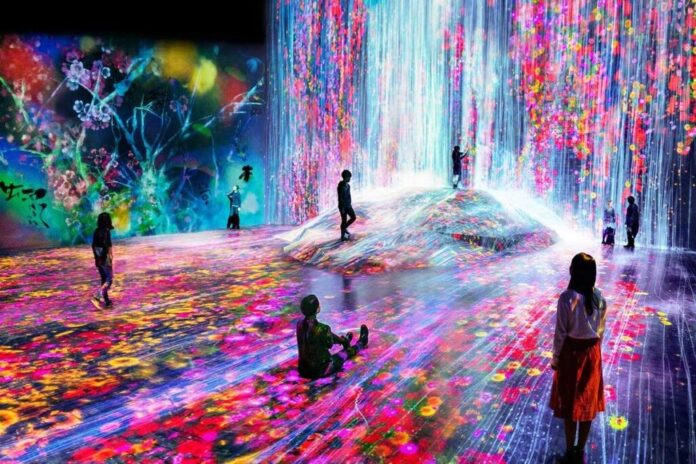Almost every popular destination in the world has a variety of museums and galleries documenting the past or highlighting local creative minds. While many galleries tend to be major attractions and are housed in typical stately buildings on tourist trails, lesser-known, quirky galleries are also popping up around the world. Some of them are not even galleries in the conventional sense but are places that display art in an unconventional way.
The outdoor art installations defining public spaces
There’s something majestic about outdoor art. Against landscapes, cityscapes, or seascapes, sculpture can take on an entirely new life. Outdoor exhibitions and installations undoubtedly increase art accessibility. It is used to mark, glorify, shock, invite participation, and define the open space it occupies.
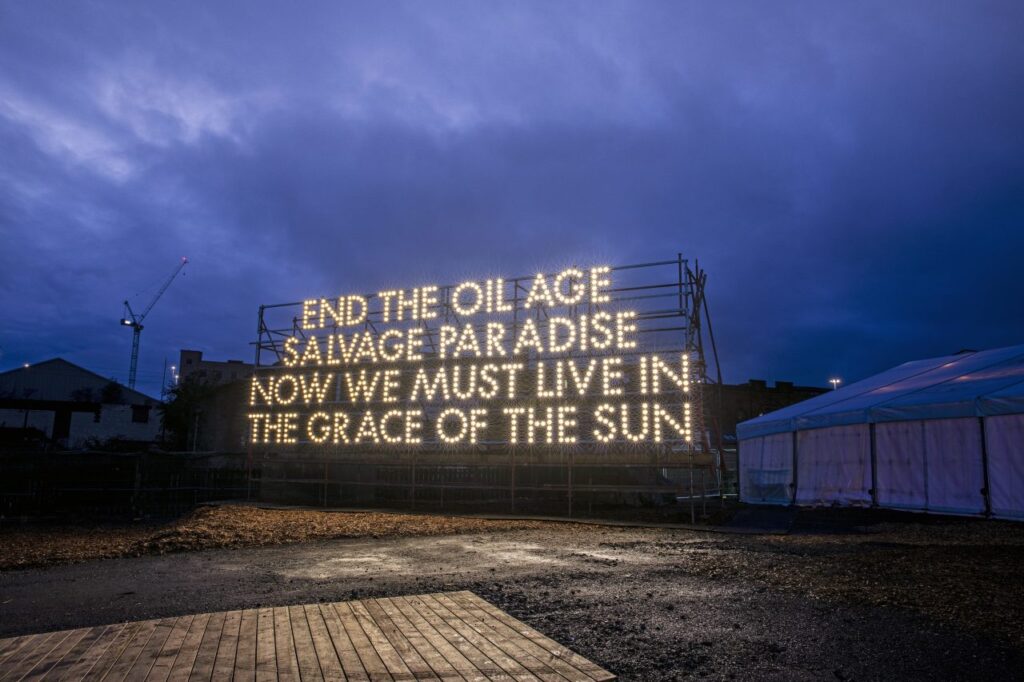
(Image credit: Philip Volkers)
For example, Scottish artist Robert Montgomery has created Grace of the Sun, a solar-powered light poem urging commitment to renewable energy at the UN climate conference. The work was illuminated by 1,000 solar lights from Little Sun, a non-profit organization founded by artist Olafur Eliasson, and created in collaboration with Octopus Energy and agency MTArt. Once the work was dismantled, the lanterns joined Little Sun’s broader effort to provide clean, affordable solar energy to the 600 million people living without electricity in sub-Saharan Africa.
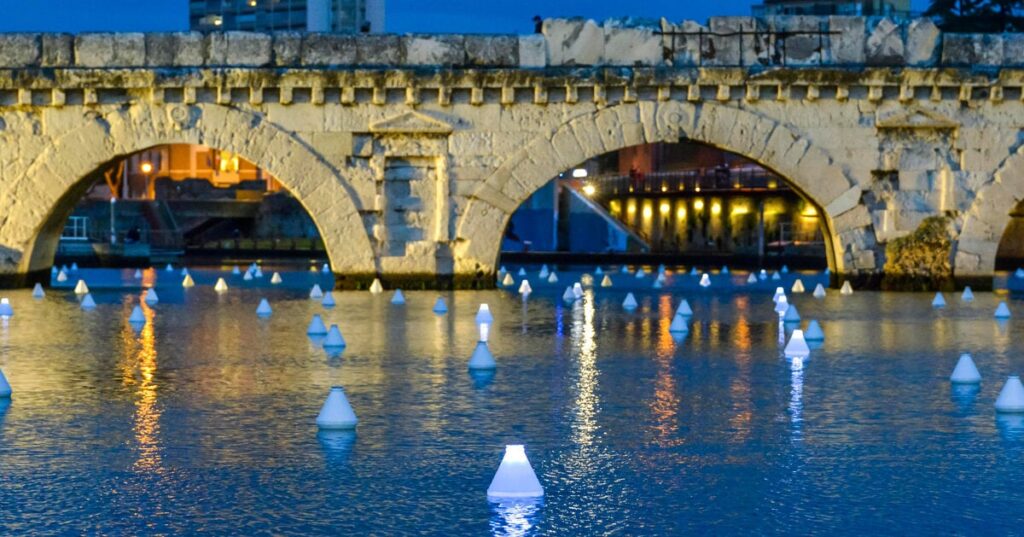
Once, in the Italian city of Rimini, around the stone arches of the historic Tiberus bridge, artist Gio Tirotto and curator Maria Cristina Didero installed 208 custom-made buoys, each with a solar power LED light. 208 was the number of nations in the world, including semi-recognised or unrecognised states, and so the 208 illuminated buoys, which gently bob up and down with the tide, allude to the ways in which ostensibly separate entities are similarly affected by the same events. The installation was a powerful metaphor for the state of extreme fragility in which we have been living in recent times.
Non-traditional Venues
A great example of non-traditional venues is Nuclear Bunker in Bosnia. A place that was once used to protect the Yugoslavian president from nuclear attacks during the cold war has been converted into an art gallery tucked underground. The space was the largest military complex in the region but now, instead of fear and war, it features fantastical artworks and watercolors. In a move to create something peaceful from the ashes of conflict, the bunker is now home to pieces by 44 artists from all over the world.
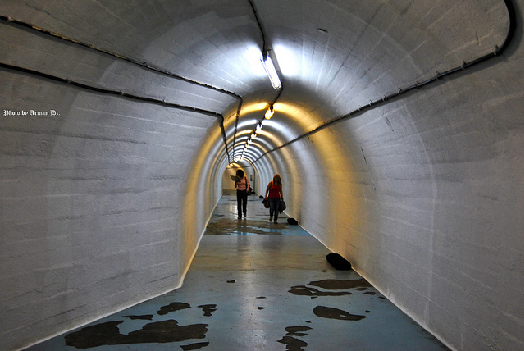
Pop-up Exhibitions
Pop Up Art Exhibits have become a successful addition to the art world. In a world where art exhibitions may be scheduled up to three years in advance, and young emerging artists struggle to find avenues to promote their work, the idea that small spaces could be used for short-term periods is attractive. With empty retail spaces located in large metropolitan areas worldwide, pop-up art exhibits have become an innovative way for artists to showcase their work, on their own terms and schedule.
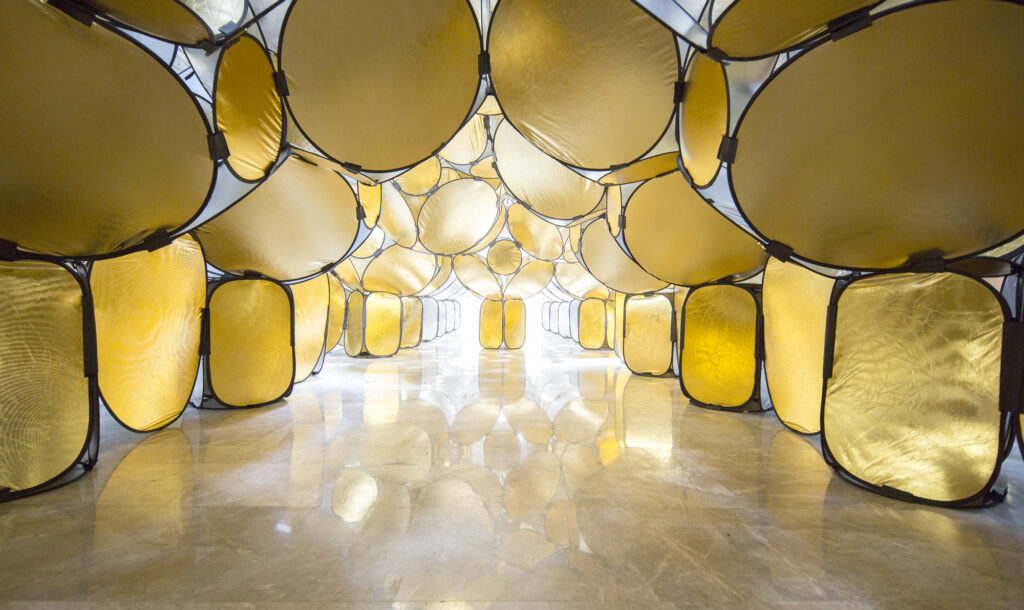
Pop-up galleries are rapidly becoming popular, and for good reason—they’re in new spaces, they showcase unique ideas and works, and above all, they feel urgent and exciting. Galleries like Bortolami have created whole programs around temporary gallery spaces (including a renovated Taco Bell, pictured below) and have seen favorable reactions from press, artists, and visitors alike.






